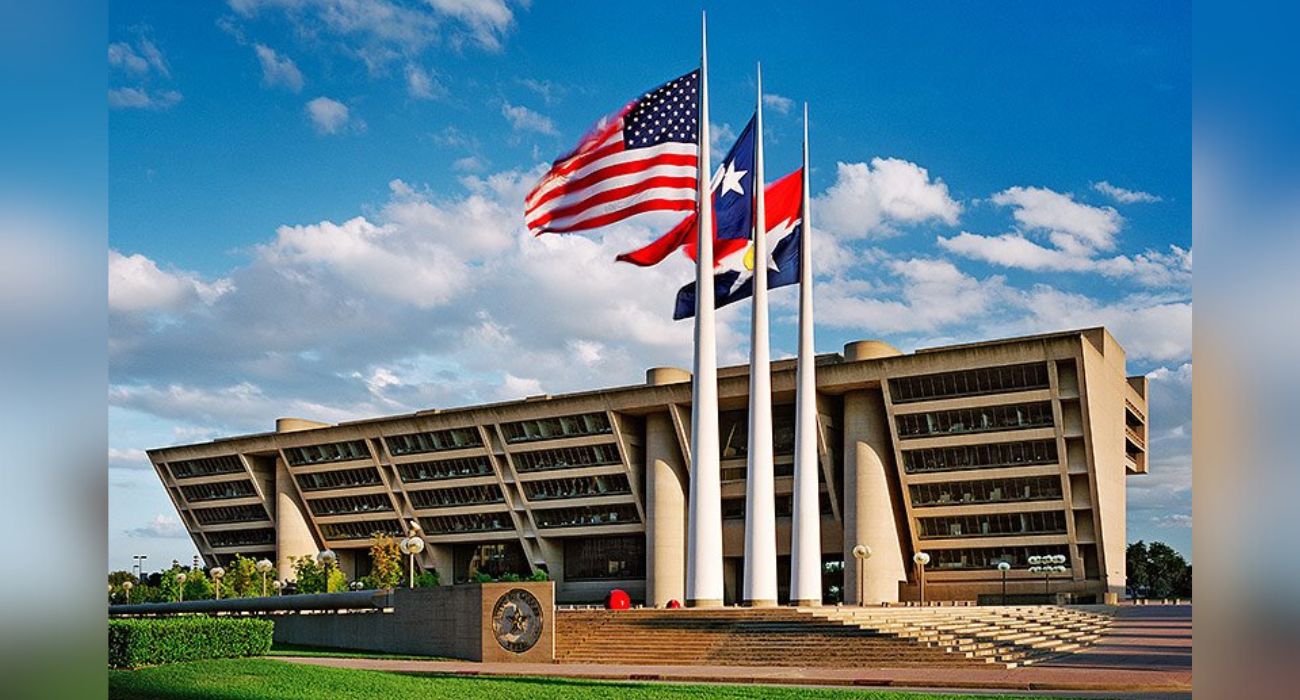Dallas’ murder rate continues to batter communities of color in the south-central and southeastern parts of the city.
As of November 24, there have been 220 murders and non-negligent manslaughter incidents since the beginning of 2023, marking a 12.2% jump over the same period last year. The overwhelming majority of victims were black or Hispanic, according to the City of Dallas victim demographics dashboard.
Hispanics and Latinos currently comprise 31.8% of murder victims, with some 70 victims recorded by the Dallas Police Department. Of the 70 victims, 56 were male, and 14 were female. The youngest victim was 11 years old. The oldest was 73.
City data indicates that 121 black people were the victims of criminal homicides, making up 55% of such victims this year. Of the 121 victims, 102 were male, and 19 were female. The youngest victim was a 1-year-old, and the oldest was 75.
Virtually half the murders in Dallas this year occurred within the jurisdictions of DPD’s South Central Patrol Division and Southeast Patrol Division.
DPD has been short-staffed in recent years, operating with a force of fewer than 3,200 officers. A City analysis states that a jurisdiction the size of Dallas needs about 4,000 police on the job.
The shortage has been felt in Downtown Dallas, which records significantly more crime than Fort Worth’s downtown area. The latter has a special police unit working alongside private security officers.
In a previous interview with The Dallas Express, anti-violence activist Antong Lucky of the nonprofit Urban Specialists told the news outlet that there needs to be more cooperation and understanding between police and communities of color.
“You cannot have public safety if you don’t have community and law enforcement and all other stakeholders working together, for real, with a common cause to impact crime and affect [positive change] in neighborhoods,” said Lucky.
“Communities of color feel as though there is a blue wall of silence, that there is no accountability of police, that officers sit out and watch their colleagues do heinous stuff. And then you have officers saying to the community, ‘Hey, when something heinous happened, you didn’t tell us who did it.’ That’s a real thing, whether we accept it or not,” he opined.






